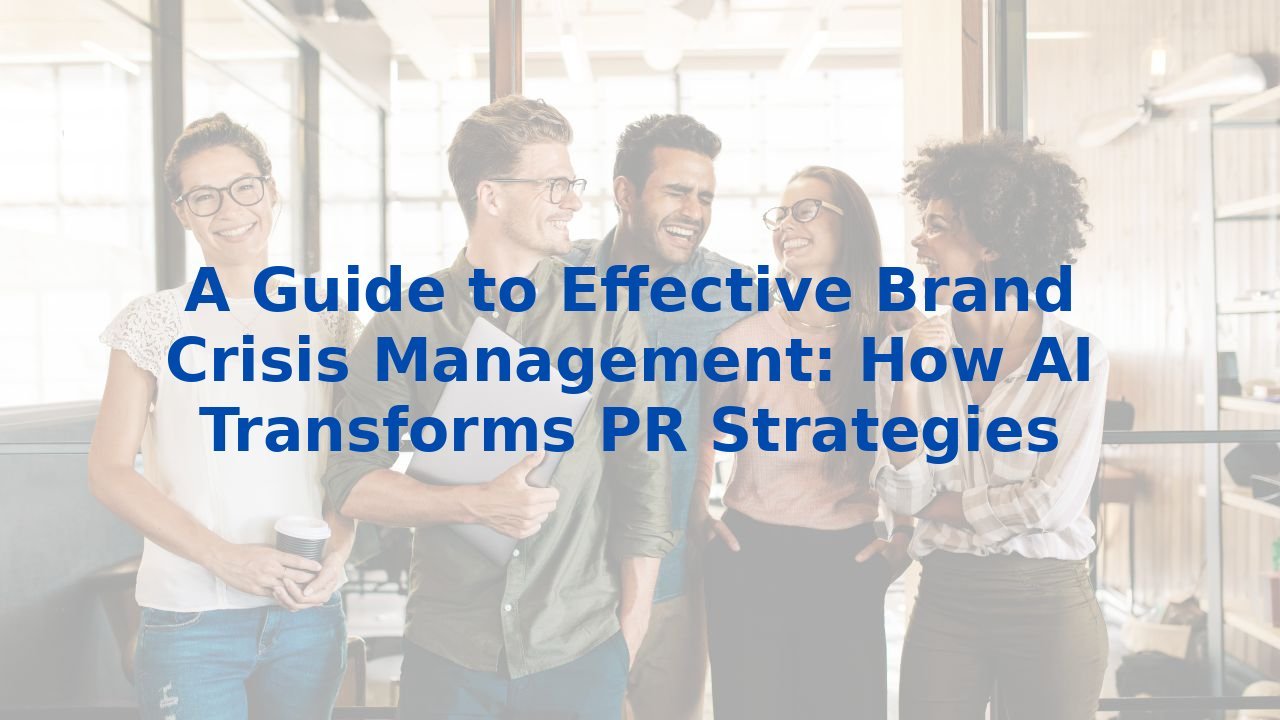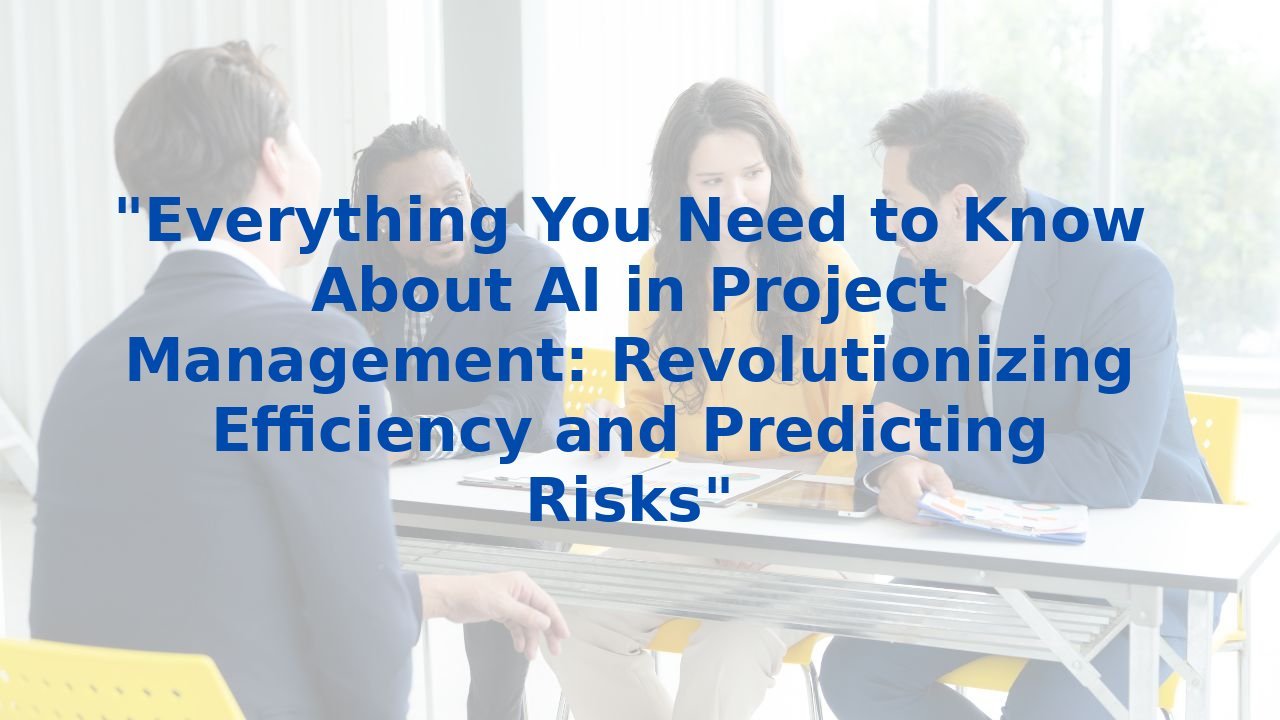A Guide to Effective Brand Crisis Management: How AI Transforms PR Strategies
A Guide to Effective Brand Crisis Management: How AI Transforms PR Strategies
Introduction
The landscape of public relations (PR) is shifting dramatically, thanks to the growing integration of artificial intelligence (AI) in crisis management strategies. As organizations face potential brand crises more frequently, the implementation of AI tools emerges as a critical strategy, enhancing efficiency and effectiveness in PR processes. This article delves into how AI can support PR professionals in navigating the complex waters of brand crisis management.
Brand Crisis Management with AI
Brand crisis management necessitates swift and strategic actions to safeguard an organization's reputation when negative events arise. AI serves as a powerful ally in this domain:
- Automation of Routine Tasks: With AI, PR teams can automate the drafting of statements and monitor public sentiment in real-time. This means important decisions are backed by data-driven insights, which helps mitigate the damage to an organization's reputation.
- Data Analysis and Insights: Throughout a crisis, AI excels in rapidly analyzing massive datasets. By doing so, PR professionals can discern patterns and trends amidst media coverage and social media conversations, allowing for informed decision-making.
Fact Finding and Stakeholder Analysis
The fact-finding process is pivotal in addressing brand crises, and AI can greatly enhance efficiency in this arena:
- Research Assistance: AI-powered tools can conduct extensive research tasks faster than human capabilities, summarizing pertinent information and freeing up valuable time for PR professionals.
- Stakeholder Identification: Utilizing AI to analyze social media interactions and media mentions helps PR teams identify key stakeholders efficiently, ensuring that responses are tailored and targeted.
Competitor Analysis
Awareness of competitors during a crisis is essential. AI-driven insights can provide PR professionals with a competitive edge:
- Monitoring Competitor Activity: AI tools can track competitor responses to similar crises, offering valuable insights into effective messaging and strategy adaptation.
- Sentiment Analysis: By analyzing the public sentiment surrounding competitors, organizations can refine their strategies to better resonate with audiences during a crisis.
PESTLE Analysis
A comprehensive PESTLE analysis allows organizations to understand the broader context surrounding a crisis. AI can facilitate this process:
- Data Collection: AI rapidly gathers and compiles data from diverse sources, helping PR professionals gain a thorough overview of external factors affecting the organization.
- Pattern Identification: AI algorithms effectively analyze this data to uncover trends that may indicate risks or opportunities, providing crucial context for informed decision-making.
Situation Analysis
AI's impact extends to the situation analysis phase, bolstering real-time insights:
- Real-Time Monitoring: AI tools can track social media and news outlets instantaneously, alerting PR teams to brand mentions and shifts in public sentiment as they happen.
- Historical Data Analysis: By scrutinizing past crises, AI can help professionals understand how patterns evolve, revealing lessons that inform current strategies.
Needs Statement and SMART Objectives
Developing a clear needs statement and SMART (Specific, Measurable, Achievable, Relevant, Time-bound) objectives is vital for crisis management:
- Data-Driven Objectives: Crafting objectives grounded in data helps ensure targeted responses that are pertinent to the current situation.
- Objective Tracking: AI can provide real-time tracking of progress against set objectives, enabling timely adjustments as needed.
Key Message, Tagline, Positioning, and Brand Story
During a crisis, crafting compelling narratives is crucial. AI can facilitate the development of these messages:
- Content Generation: AI can help generate the initial drafts for press releases and social media communications, allowing PR professionals to devote more time to the creative aspects of messaging.
- Personalized Messaging: By analyzing user data, AI tools can create customized messages that resonate more effectively with target audiences.
Conclusion
The integration of AI into public relations transforms the management of brand crises significantly. By automating routine tasks, providing real-time analysis, and bolstering research capabilities, AI enhances the efficiency of PR processes. However, the responsible and ethical use of AI remains imperative to upholding public trust. Training employees effectively to utilize AI tools is also critical for maximizing its benefits, helping PR teams create more engaging and targeted communications. Exploring AI training programs can be a starting point for organizations looking to empower their teams in navigating the complexities of modern PR challenges.



